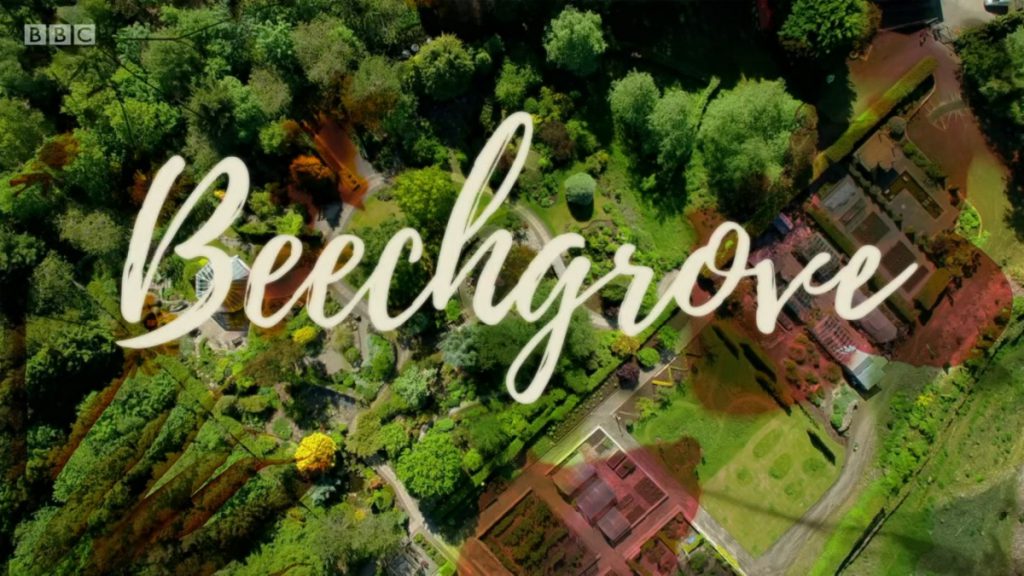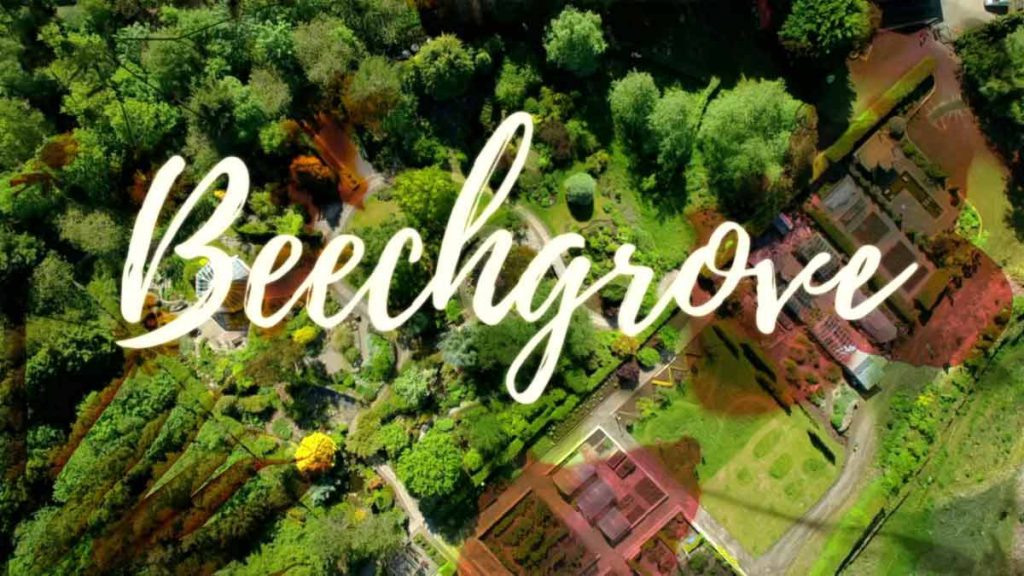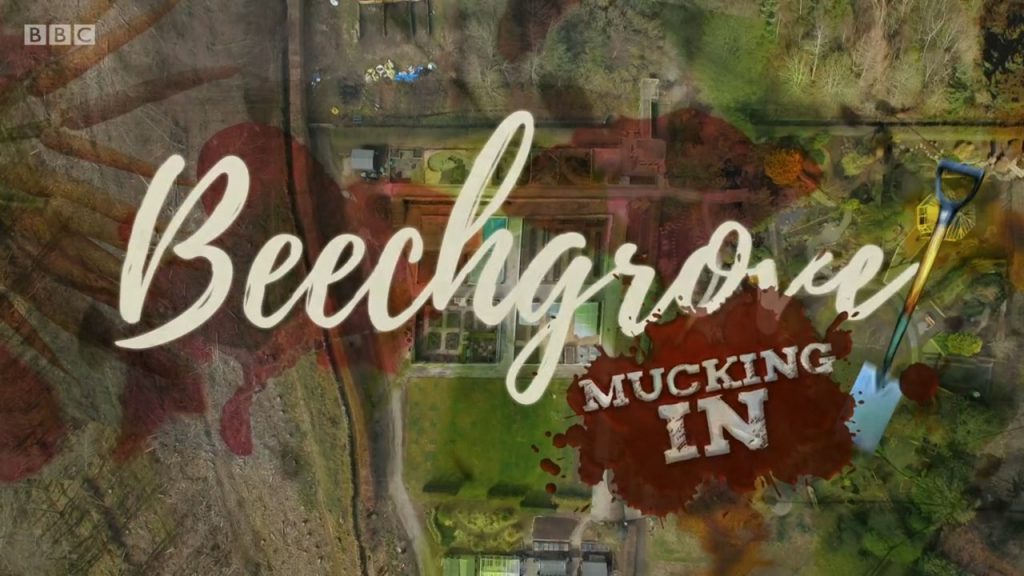The Beechgrove Garden 2022 episode 8: Everyone is learning at Beechgrove this week with Calum Clunie and Carole Baxter. Carole is taking plants out of their comfort zone and finding out what happens if you don’t, or can’t, follow the instructions on the label when you get home from the garden centre.
Calum is growing food for thought as he helps a school in Aberdeenshire get to grips with their community garden. And at Beechgrove, he’s cracking on with the next stage of the renovation of his own plot with the preparation of new raised beds.
We find out how a father and daughter team from East Lothian are learning from each other as they garden together, and Calum and Carole have a date with the Calendar Border.
The Beechgrove Garden 2022 episode 8
Raised beds
Raised beds are a great way of growing a wide range of plants, and are particularly popular for growing fruit and vegetables. They are a good way of boosting drainage and can be used to introduce a different soil type to your garden. Raised beds are also a useful way to garden if you have restricted mobility, as they reduce the need to bend.
Stone: Both natural stone and stone prepared for wall construction can be purchased. Skilled labour is required for construction and footings are nearly always required. Generally the most expensive material.
Brick: Strong and durable. Curves can easily be incorporated into the design. Skills are needed for construction, and footings are generally required. Engineering bricks are most suitable as they are weather resistant. Domestic bricks are much cheaper but porous and so much less durable.
Pre-cast units: Constructed from concrete or reconstituted stone, these materials are cheaper but less adaptable.
Timber: Very versatile. Pressure-treated (also called ‘tanalised’) wood is available. As a shorter-term alternative, untreated wood can be painted with a preservative. To prevent wood preservative leaching into the soil, line wood exposed to soil within the bed with black plastic sheeting. Untreated wood will have a shorter life than treated, although untreated hardwoods such as oak and western red cedar will still last many years. Gravel boards are generally sold only as pressure-treated timber.
Railway sleepers: It is no longer permitted to use railway sleepers impregnated with creosote in garden, due to the risk associated with frequent (daily) skin contact. If you already have raised beds made from old railway sleepers and have this level of contact, then protective clothing (gloves etc.) should be worn. For new beds, use sleepers treated with other preservatives, or untreated hardwood sleepers. Note that this material requires heavy lifting.
Paving slabs: Can be inserted on their side. At least 15cm (6in) of slab needs to be buried in the ground for stability, leaving only 45cm (18in) above soil level. As paving slabs often move over time, 30cm (1ft) -deep concrete haunchings can be laid for extra stability, and metal plates fixed at each vertical joint. Relatively inexpensive, but heavy to lift.




